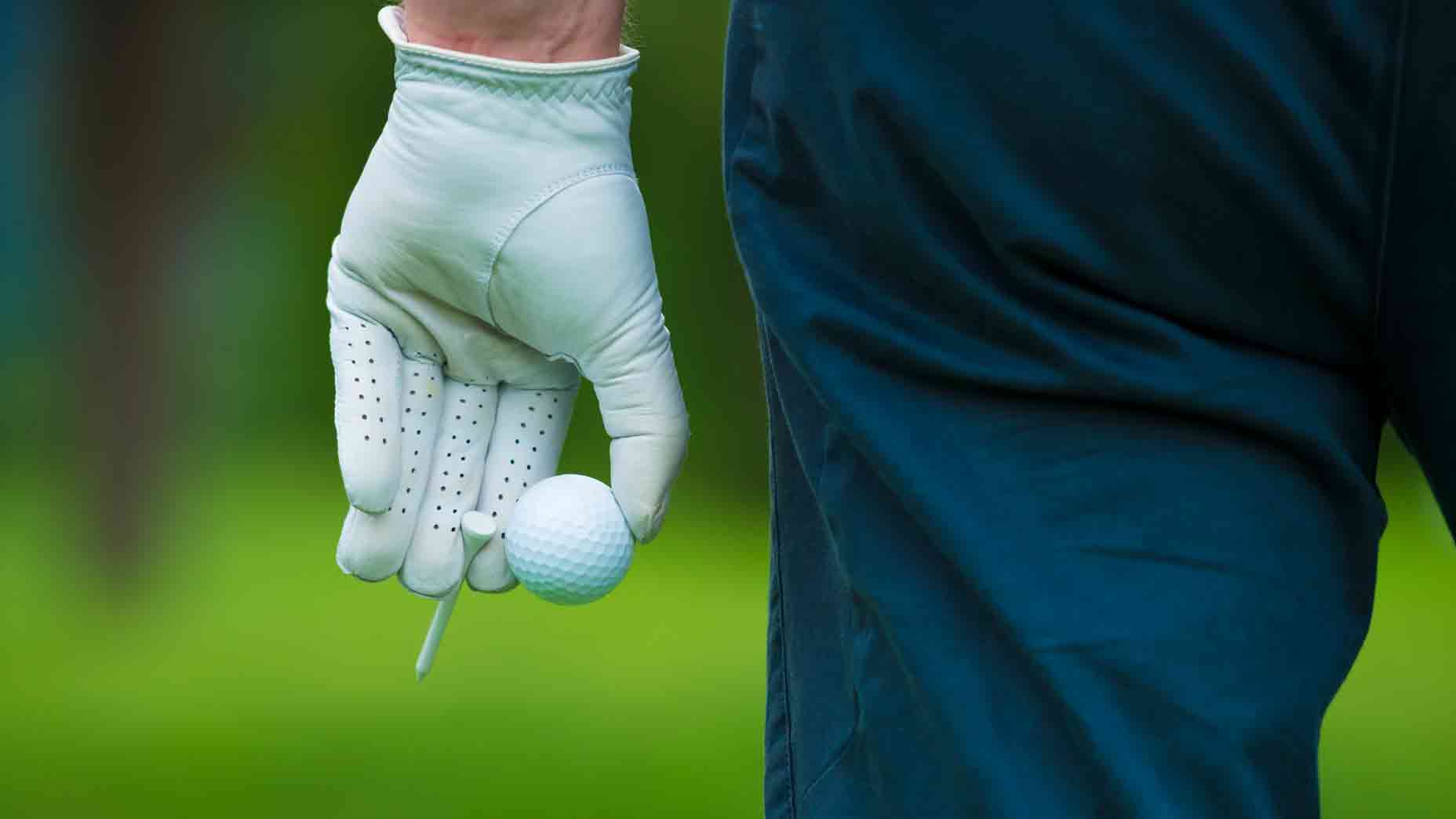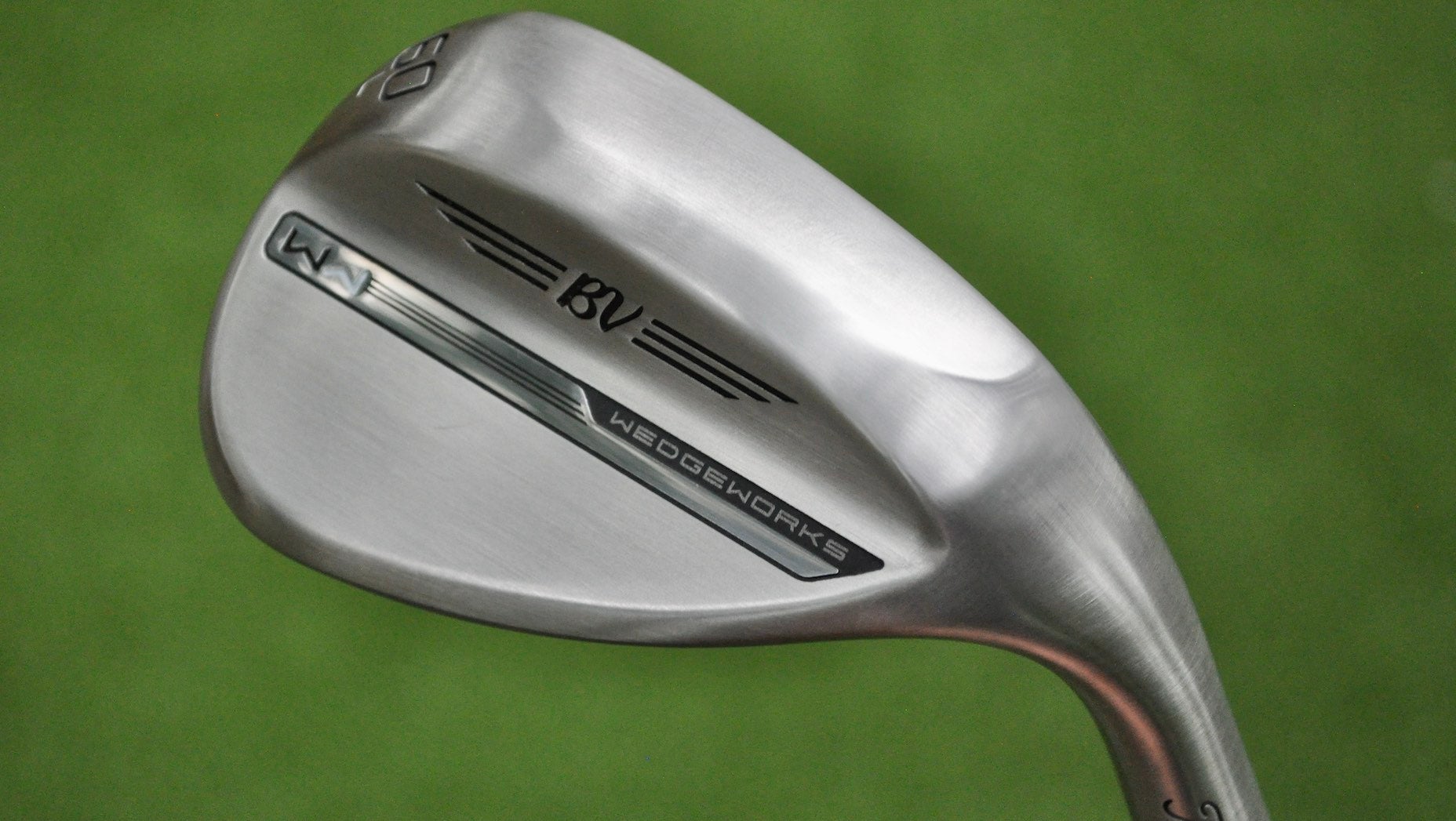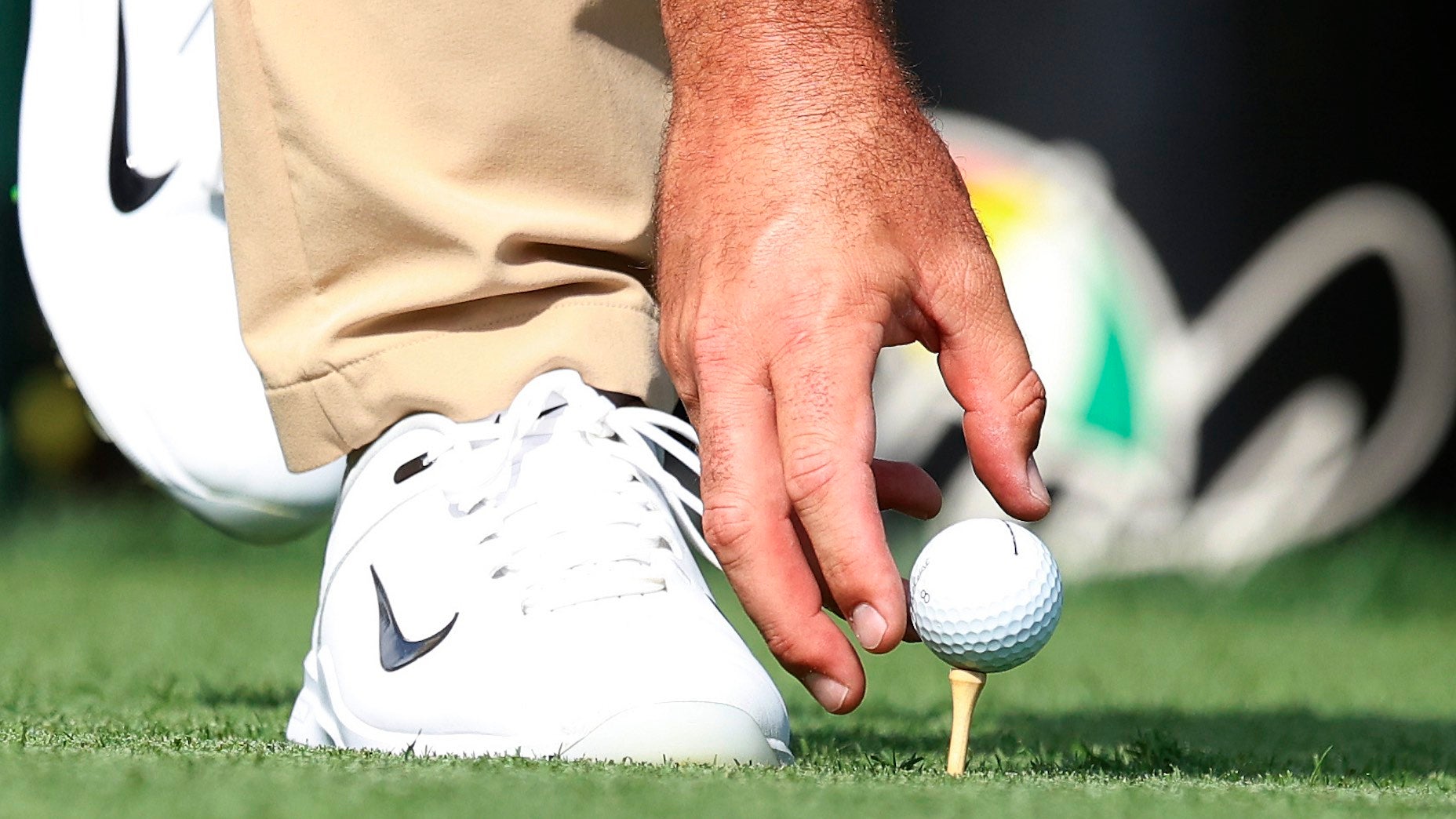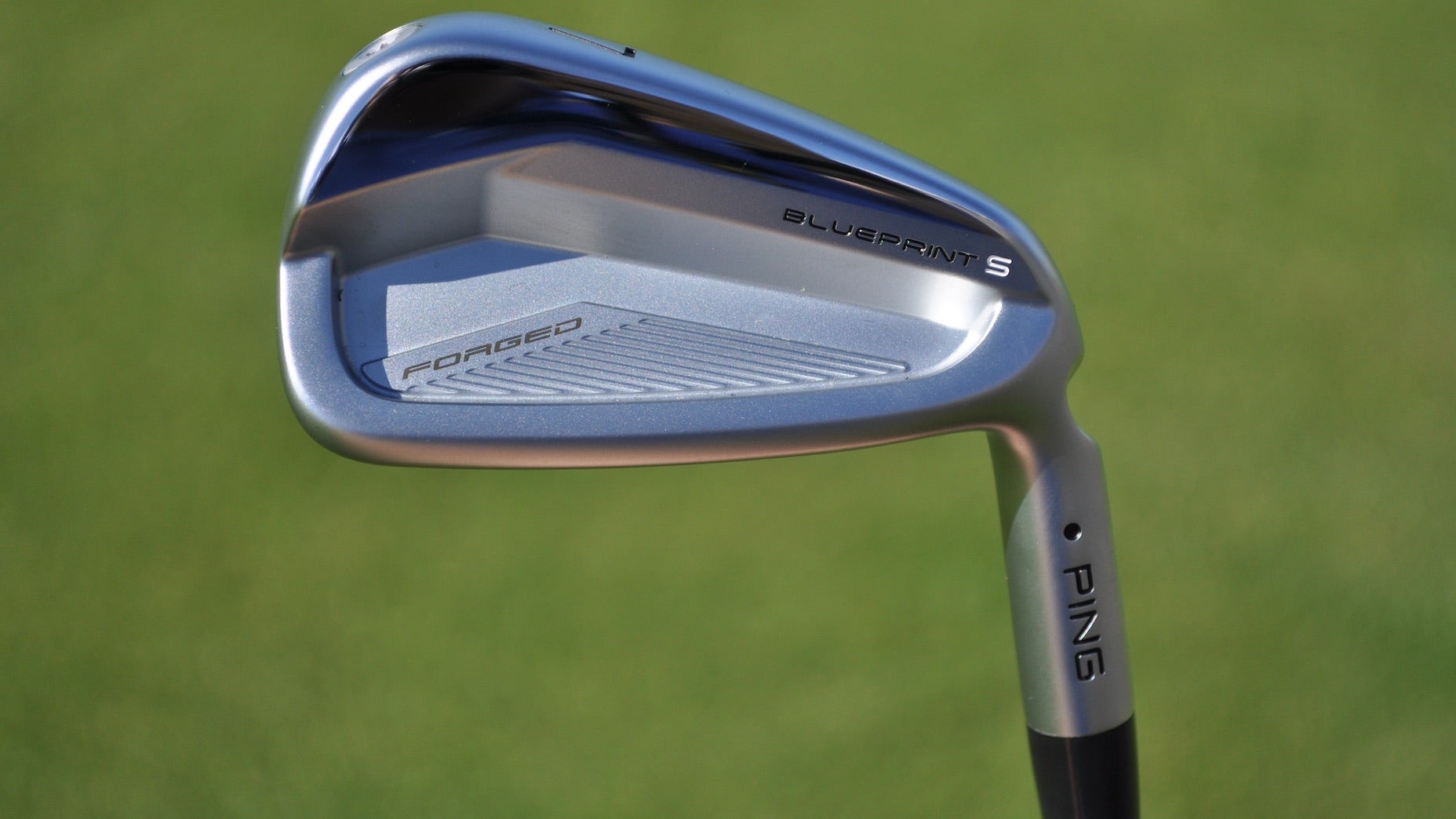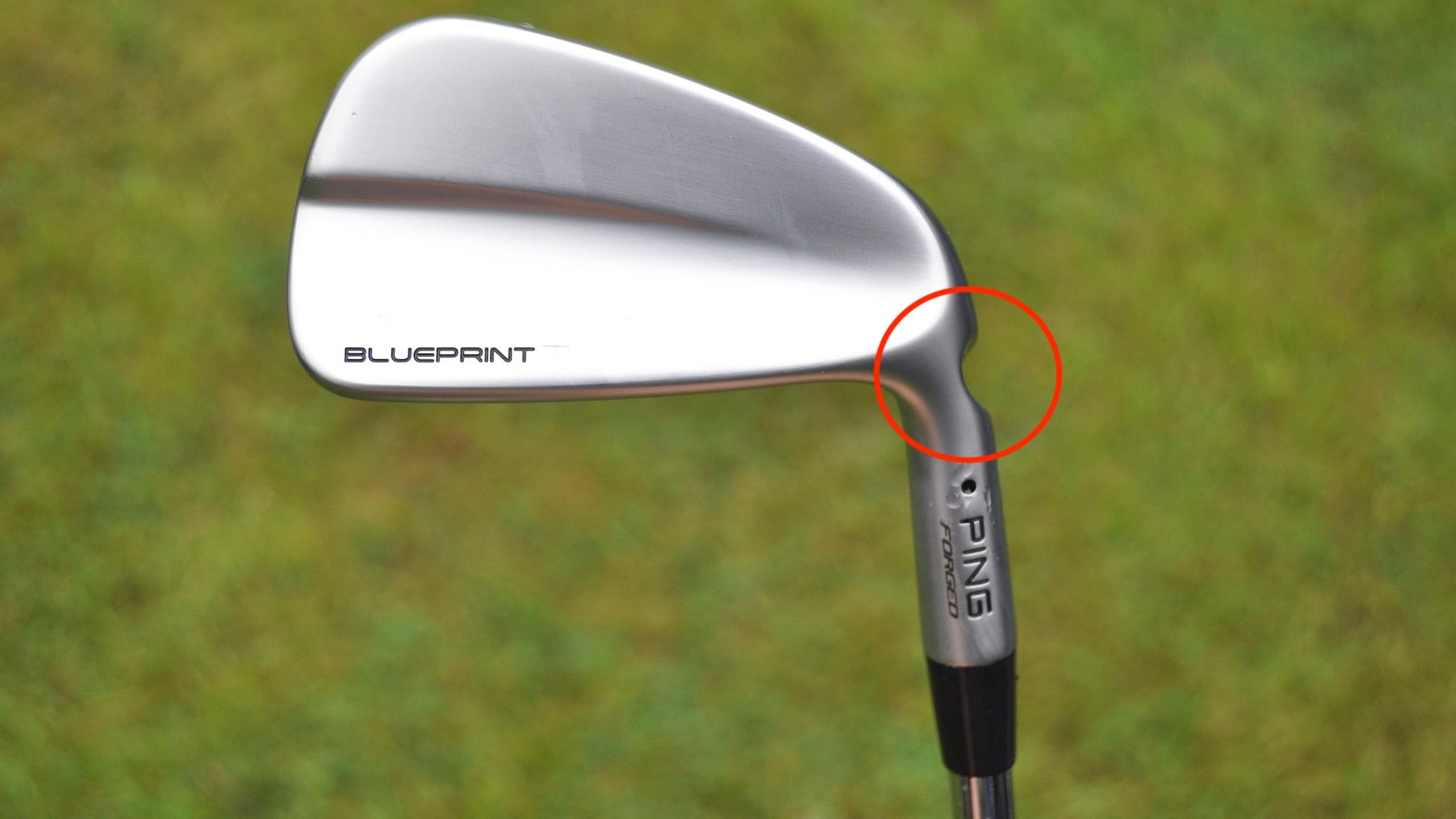Welcome to another edition of the Fully Equipped mailbag, sponsored by Cleveland/Srixon Golf, an interactive GOLF.com series in which we field your hard-hitting gear questions.
Do golf balls perform differently depending on what club I use? If so, how? – Seth K., Iowa
We write a lot about golf balls and frequently cover various aspects of golf ball technology. And trust us, we get how confusing it can be when a golf ball manufacturer says the same ball can spin less with a driver and more with a short iron or wedge.
Truth is, the science isn’t all that hard if you understand the basic structure of a golf ball and what multilayer construction is all about. So, let’s dive into the various sections of a 3-piece golf ball to better understand how a ball can be designed to spin differently with different clubs.
The core is the engine for bigger drives
The core is the biggest section of the ball and for the most part, the determiner for how a ball feels at impact and how much ball speed you’ll be able to generate. Golf balls with firmer cores have a firmer feel (obviously), and if you have a fast swing speed, it will rebound faster for a faster overall ball speed. If you have a slower swing a firmer core will still feel firm, but you won’t yield the added benefit that a faster swinger will get from a firm core (we know, it’s not fair.) Slow swingers are usually better suited to activating a softer core for more distance, and whether it be a softcore or firm core, the middle of the ball is what determines how much speed you’ll generate off the tee. And, the shorter the club, the less the core gets engaged at impact. (We could talk a little more about how the core affects spin and launch too, but for simplicity sake let’s stick to the basics.)
By the way, who said you can’t have both a soft and firm core? Srixon found a way to mix the best of both worlds in its tour-level Z-STAR, Z-STAR XV, and Z-STAR ♦ Diamond golf balls. All three have FastLayer DG Cores, which means the core is actually softer in the middle and gets progressively firmer towards the outside of the core. This means they still perform like firm cores do with the driver but have a much softer feel.

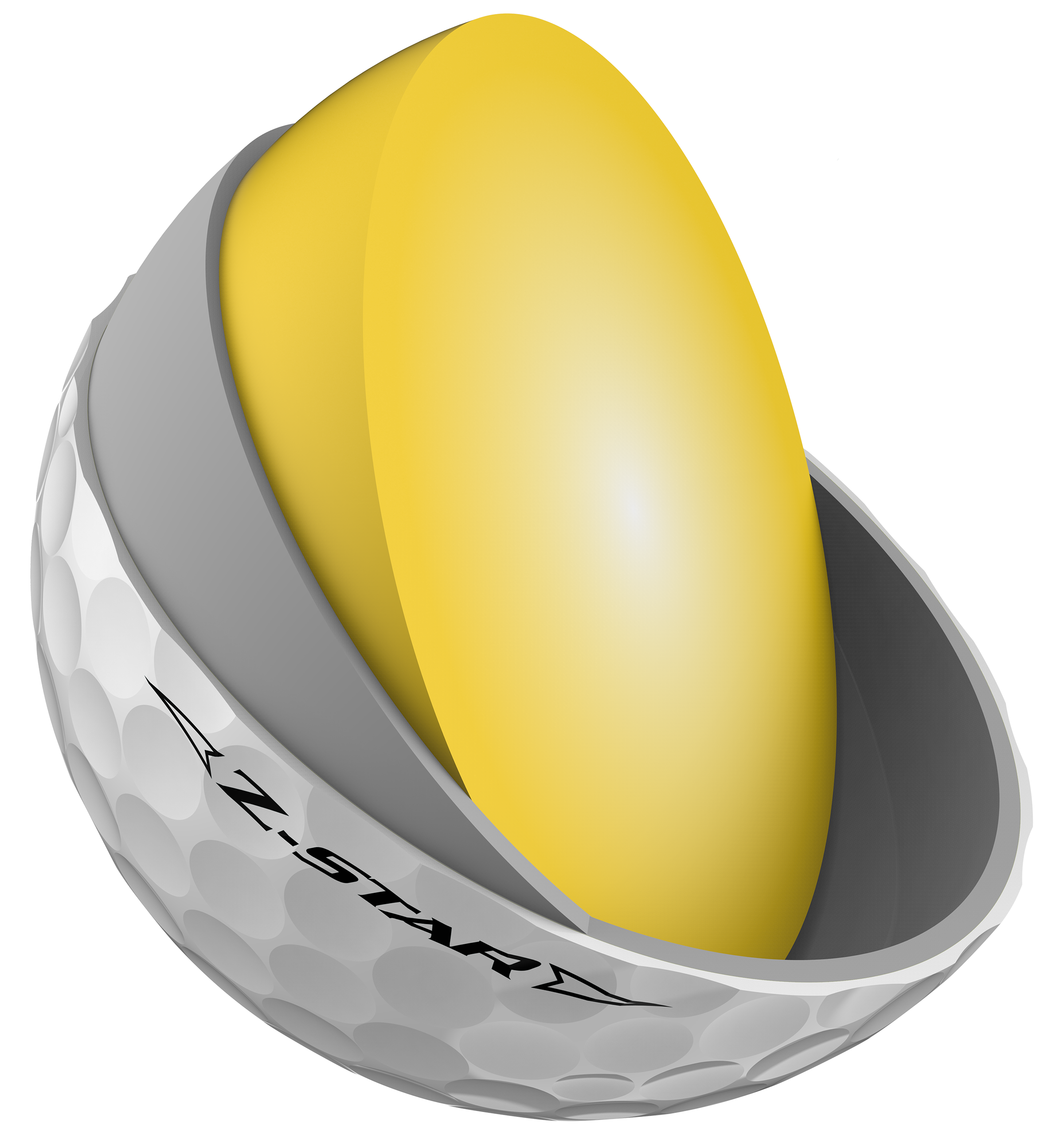
Srixon Z-STAR
Mid layers are the gears
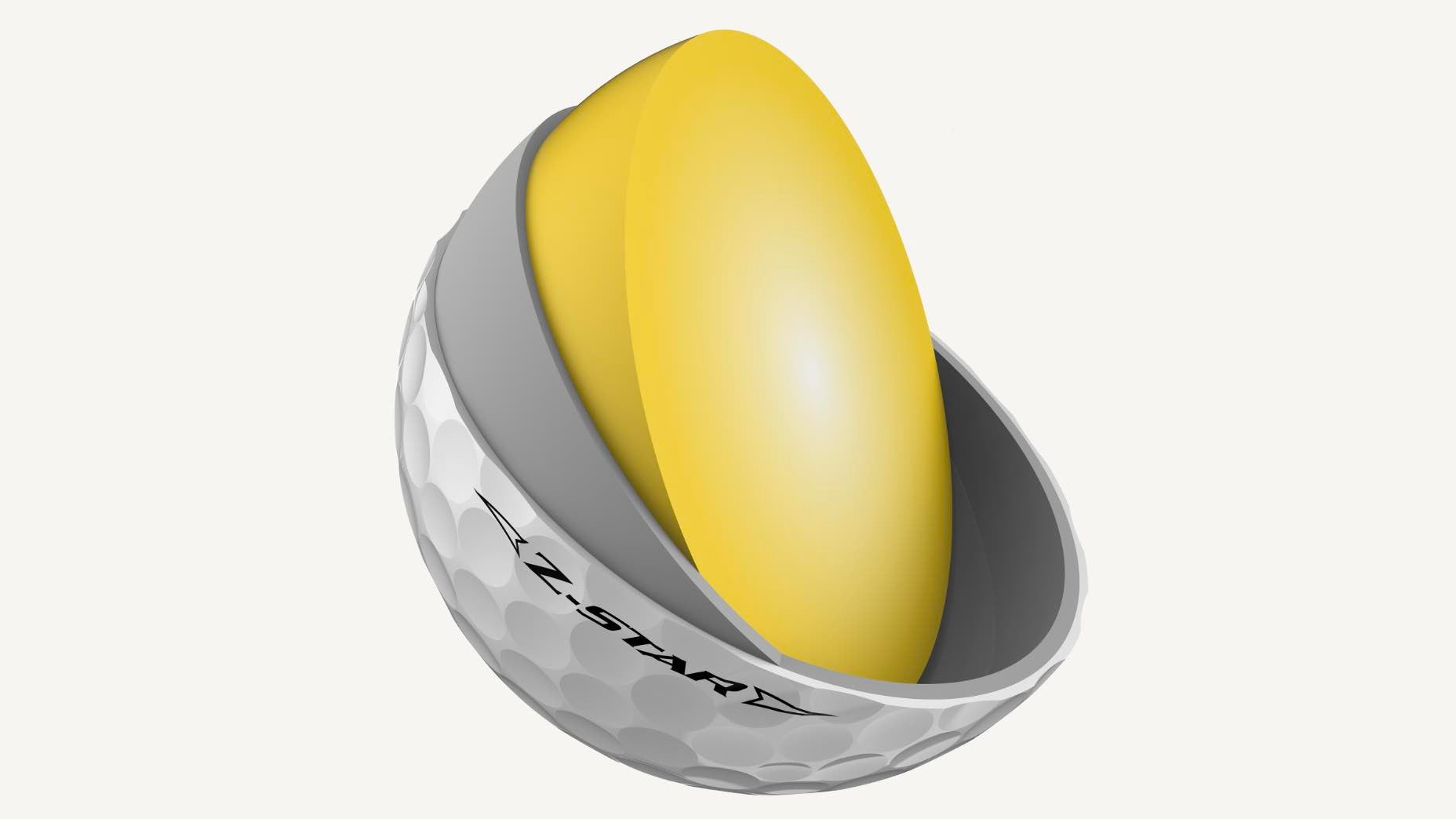
Midlayers are where things get interesting because this is where the golf ball can actually be low-spinning with a driver and high-spinning with an iron or wedge. With a driver, the mid-layer works more as a core accelerator, flexing alongside it to increase ball speed for more distance. In some ball models, the mid-layer can actually reduce spin off the tee with a driver, while others depending on construction can produce mid or even higher spin rates. With shorter clubs that are both swung slower and with a steeper angle of attack, the mid-layer works more like a backstop to resist compression, which in turn, increases spin. Some mid-layers, dual mid-layers and dual cores work in different ways, but the gist is still the same. It’s the mid-layer and to a lesser extent a dual-core and soft cover that can cut spin off the tee while adding spin from the fairway.
Think of the cover as a set of high-performance tires
The outer layer of a golf ball is primarily designed to influence how a golf ball spins with irons and wedges. Aside from dimple patterns (which matter, too), the softness or firmness of a cover plays less of a role with longer clubs but greatly influences spin on shorter shots. With golf balls that have firm mid-layers, a soft urethane cover will sandwich between the clubface and the mid-layer for added RPMs and more control. In case you’re curious, golf balls with firmer covers generally spin much less.
Another feature unique to Srixon is the textured coating called Spin Skin +, also found on the Z-STAR line. SpinSkin is a micronic layer of urethane that has a unique textured finish for more friction and again, more spin with short shots. One touch of a ball with Spin Skin + and you’ll feel a huge difference.
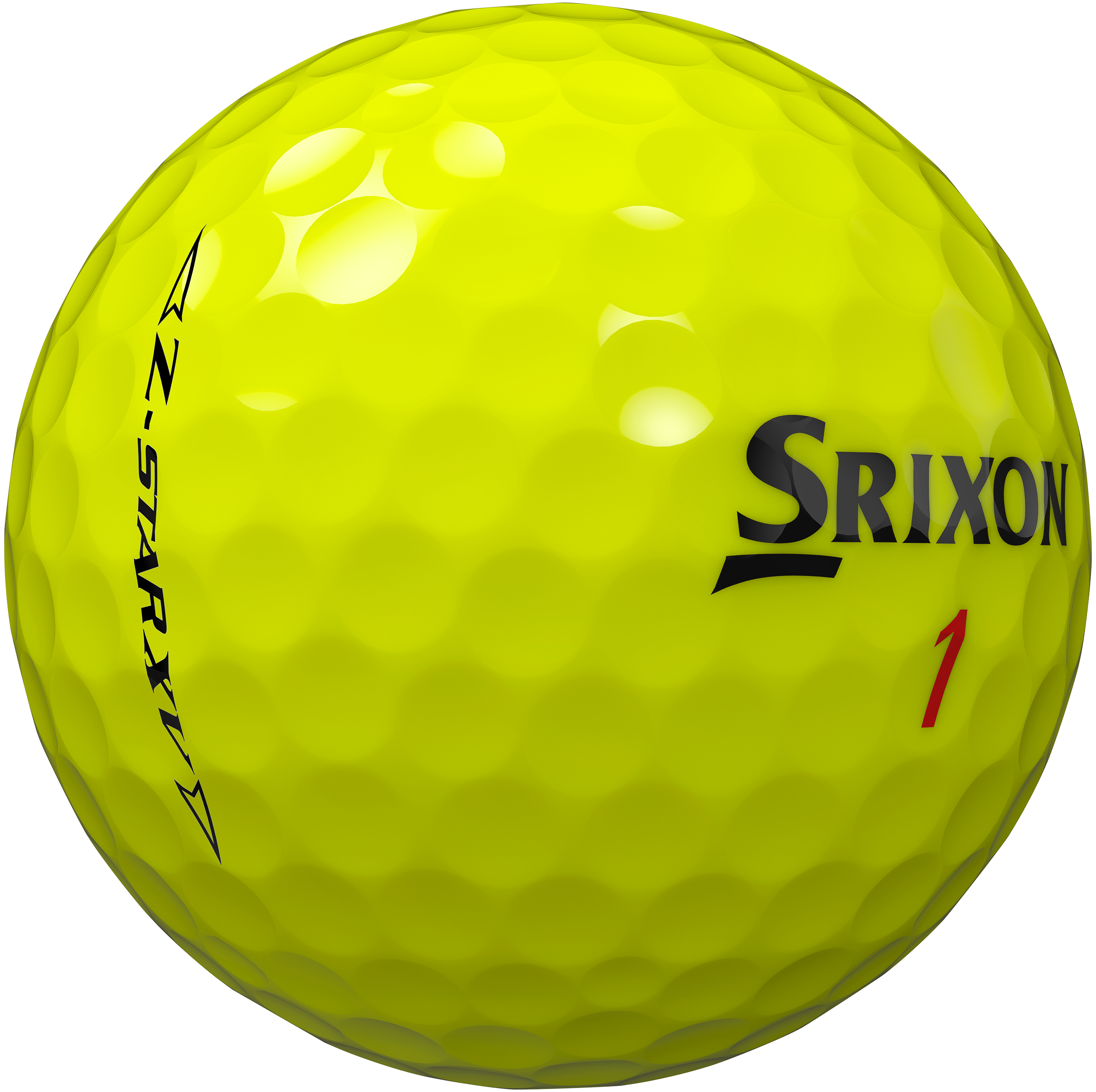
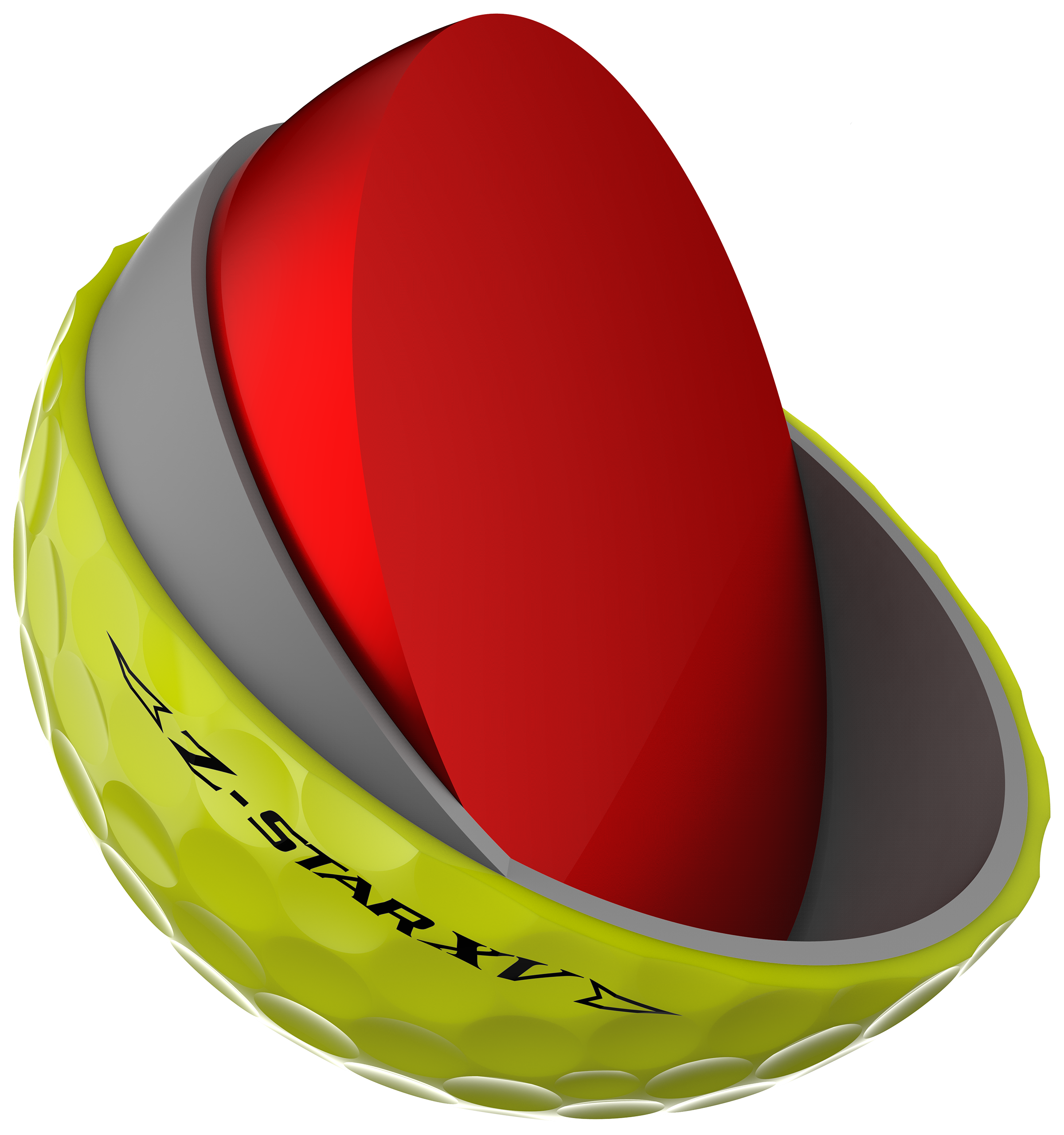
Srixon Z-STAR XV
Dimples are the treads
Finally, we’d be remiss to leave dimples out of the equation. Dimples are designed to provide lift, and without any dimples the ball wouldn’t elevate and it’d be impossible to control. The harder you hit the ball; the more dimples work to add lift. And lastly, golf balls with more dimples tend to promote higher trajectories than golf balls with fewer dimples.
Want to overhaul your bag for 2023? Find a fitting location near you at GOLF’s affiliate company True Spec Golf. For more on the latest gear news and information, check out our latest Fully Equipped podcast below!
